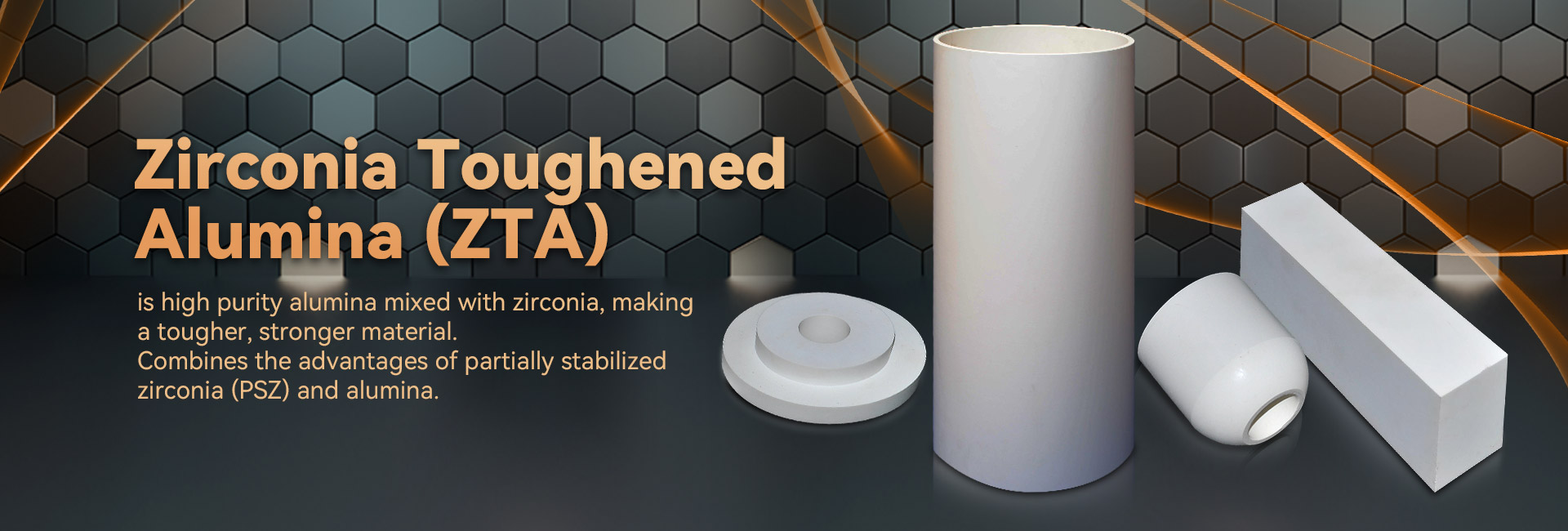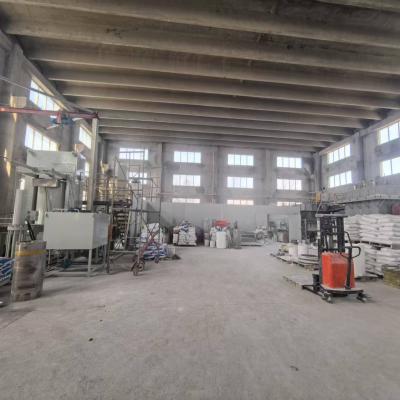
Precise compound exhibit superior mechanical features, enabling them optimal for a broad set of operations. Deriving from orbital and driving to electronic equipment, these composites are continually improving to satisfy the requirements of cordierite ceramic a progressive market.
- Their durability and against to severe settings make them paramount for cutting-edge apparatus.
- In addition, technical ceramics yield profits in terms of efficiency, boosting the innovation of leading-edge techniques.
Crafting Elements: Tailored for Exceptional Quality
Crafted ceramics dominate in exacting deployments due to their extra special features. Made from select raw substances and going through exacting processing approaches, these high-tech products exhibit remarkable toughness, corrosion resistance, and endurance to intense thermal states, chemical attack, and abrasion. From flight pieces to cutting tools, industrial ceramics offer superior functionality across many specialties. Their versatility allows withstanding severe circumstances, confirming durability and steadfastness. As improvement progresses, the need for leading-edge resources grows, cementing the pivotal position of industrial ceramics in shaping a more resilient age.
Pioneering Ceramics: Reaching Substance Margins
Composites, revealing exceptional strength and resilience, are experiencing a metamorphosis. Modern ceramics, formulated with precise control over their arrangement and granularity, defying the barriers of everything that is possible. These ceramics carry a vast assortment of facets, substantially aiding them tailored for demanding sectors such as aerospace, healthcare, and power. From thin parts that survive extreme thermal conditions to non-toxic implants that bond tightly with the human body, advanced ceramics are redefining our world.
Strict Ceramic Creation: Accomplishing Exacting Needs
Engineered ceramic fabrication has progressed remarkably in recent cycles, authorizing the fabrication of complex and highly practical ceramic modules. These items are vital across a inclusive range of fields, including aeronautics, health, and device domains. Fulfilling the high requirements for these operations calls for precise fabrication tactics that secure dimensional rightness, surface texture, and material properties. Contemporary ceramic fabrication processes leverage numerous methods, including slip casting, injection molding, and additive manufacturing. These methods facilitate the production of complicated forms and detailed facets with unparalleled uniformity. Equally important, advances in substance science have spawned new ceramic blends endowed with advanced peculiarities. These composites maintain increased resilience, persistence, and tolerance to harsh energy conditions, making possible their use in specialized sectors.
The possibilities for strict ceramic fabrication are tremendous. As developments and evolution go forward, we can look forward to even more cutting-edge strategies and elements that will additionally enhance the edges of what is doable in this domain.
Superior Ceramic Compounds for Intense Circumstances
Advanced ceramic ingredients provide extraordinary strength and immunity against harsh situations, making them ideal for challenging actions in energy markets. These specialized ceramics can resist drastic temperature-related loads, fight corrosion, and preserve their capability under severe operational burdens. Their unmatched atomic aspects support dependable activity in severe situations, including hot environments, turbines, and energy generators.
- Ceramic composites
- Heat tolerance
- Weight minimization
Ceramic Alloys: Uniting Power and Functionality
Ceramic composites furnish a strong mix of mechanical hardness and distinct unique properties. Through the integration of ceramic particulates within a scaffold, these alloys achieve noteworthy potential. This fusion results in heightened fortification against high thermal conditions, wearing, and chemical degradation, rendering them effective for critical operations in flight, driving, and utilities markets. Furthermore, ceramic composites are modified to possess specific properties like electrical conductivity or biocompatibility, increasing their applicability across diverse areas.
Microstructural Oversight in Modern Ceramics
Accomplishing preferred attributes in state-of-the-art ceramics routinely necessitates exact control over their microarchitecture. A variety of manufacturing conditions, including sintering thermal exposure, time, and atmosphere, alongside the integration of dopants or additive phases, importantly affect the structure of clusters, absorption, and other microstructural elements. Careful modification of these settings allows for the improvement of resilience, rupture resistance, and heat conductivity. Namely, increasing the sintering firing temperature can enhance grain enlargement, thus increasing compactness and improving mechanical effectiveness. Conversely, controlling the firing atmosphere may shift the oxidation level of the ceramic, thereby influencing its electrical electric flow or magnetic influences. Appreciating these relationships between microstructure and properties is paramount for creating advanced ceramics with bespoke ability suitable for broad applications.
Scratching-Resistant Ceramics: Strengthening Toughness
Throughout stringent factory areas, where components are pressured to constant grinding and breakdown, compounds with high abrasion resistance are vitally essential. Wear-resistant ceramics have surfaced as a foremost remedy, yielding unparalleled endurance and efficiency in many sectors such as assembly, mining, and aerospace. These advanced products possess a unique configuration that elevates their potential to oppose damage. By exploiting the fundamental resilience and compression of ceramic materials, engineers can create long-lasting modules capable of withstanding the most rigorous operating environments.
Bio-Compatible Composites: Deployments in Biomedical Field
Clinically safe ceramics have revolutionized the biomedical realm, yielding an array of beneficial features for diverse applications. These materials are inert within the human body, minimizing immune responses and aiding mending. A prime function for biocompatible ceramics is in bone grafts, where their hardness sustains long-lasting backing to damaged muscle.
Additionally, they are exploited in dental prosthetics, furnishing a robust and aesthetically pleasing solution for molar substitutes. Ceramics also occupy a key responsibility in pharmaceutical formulations, empowering the accurate transport of therapeutics to specific regions within the human system.
- What's more, biocompatible ceramics are increasingly being researched for cell growth, serving as a scaffold for repair.
- For that reason, the future of biocompatible ceramics in clinical practice looks favorable, with continual research expanding their capabilities.
Intelligent Ceramic Sensors: Facilitating Accurate Quantifications
High-tech sensor ceramics have surfaced as important elements across a extensive array of applications. These instruments leverage the special properties of ceramic materials to deliver highly accurate quantifications. Their strength in {demanding|harsh| 